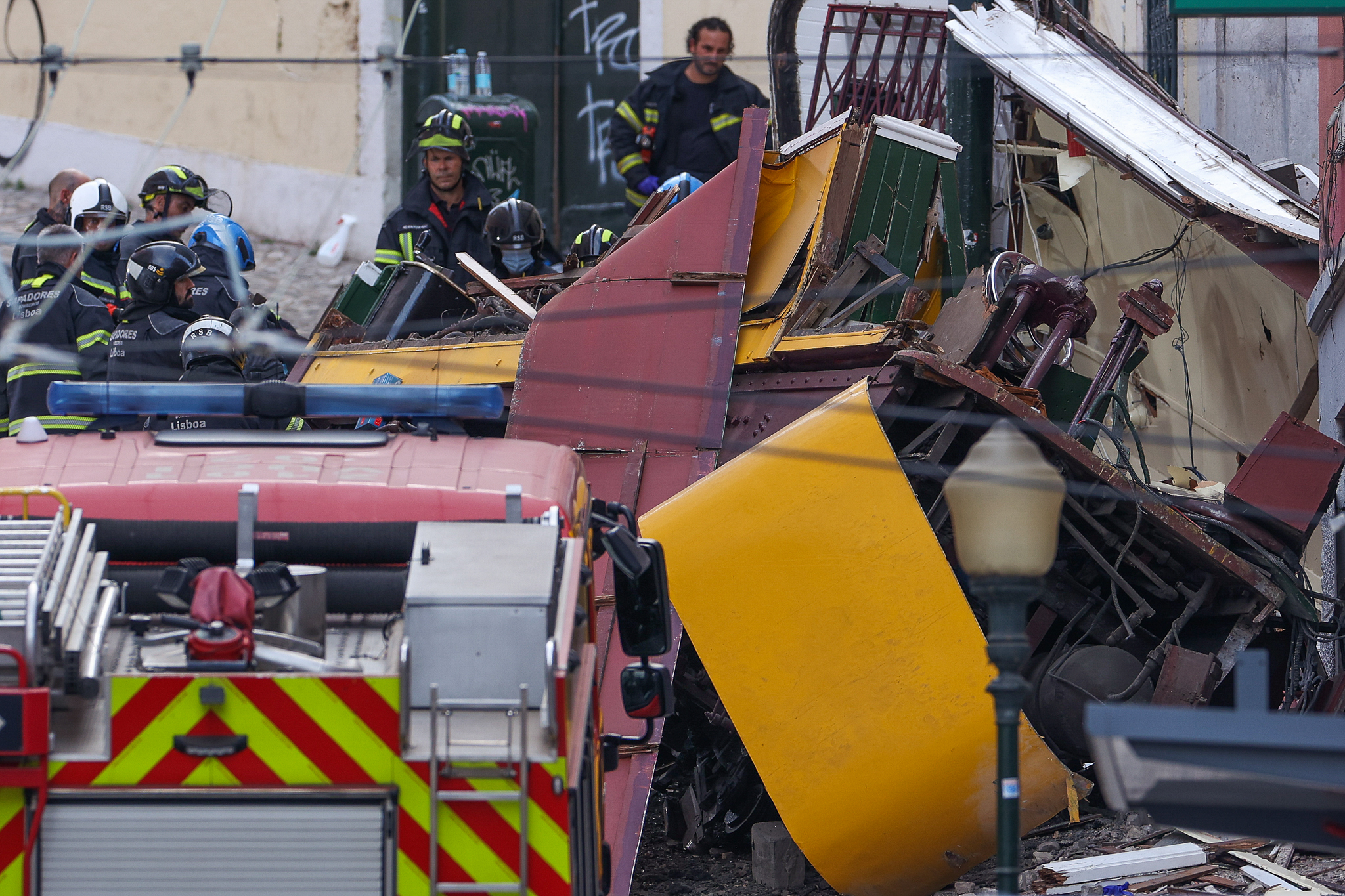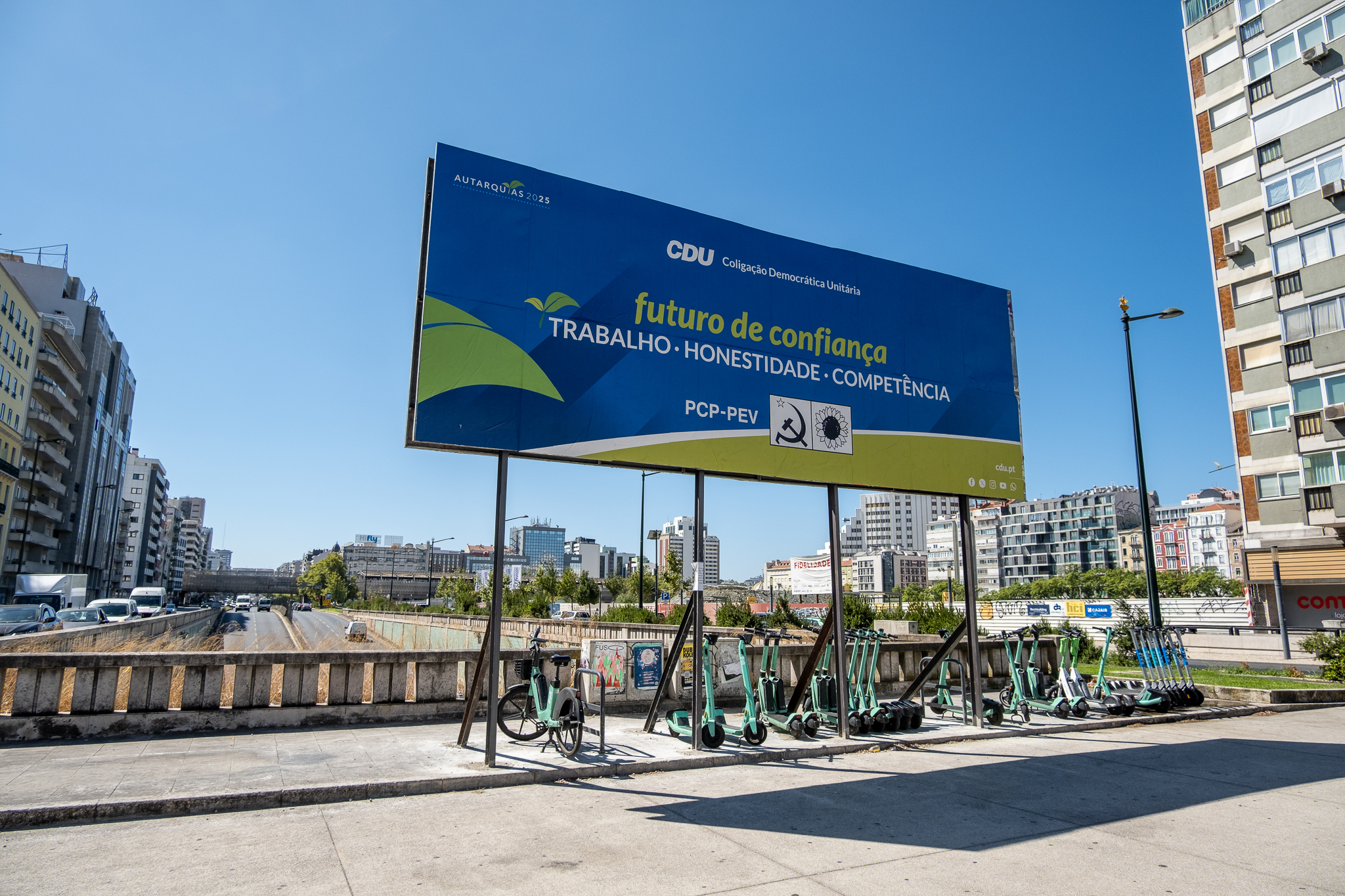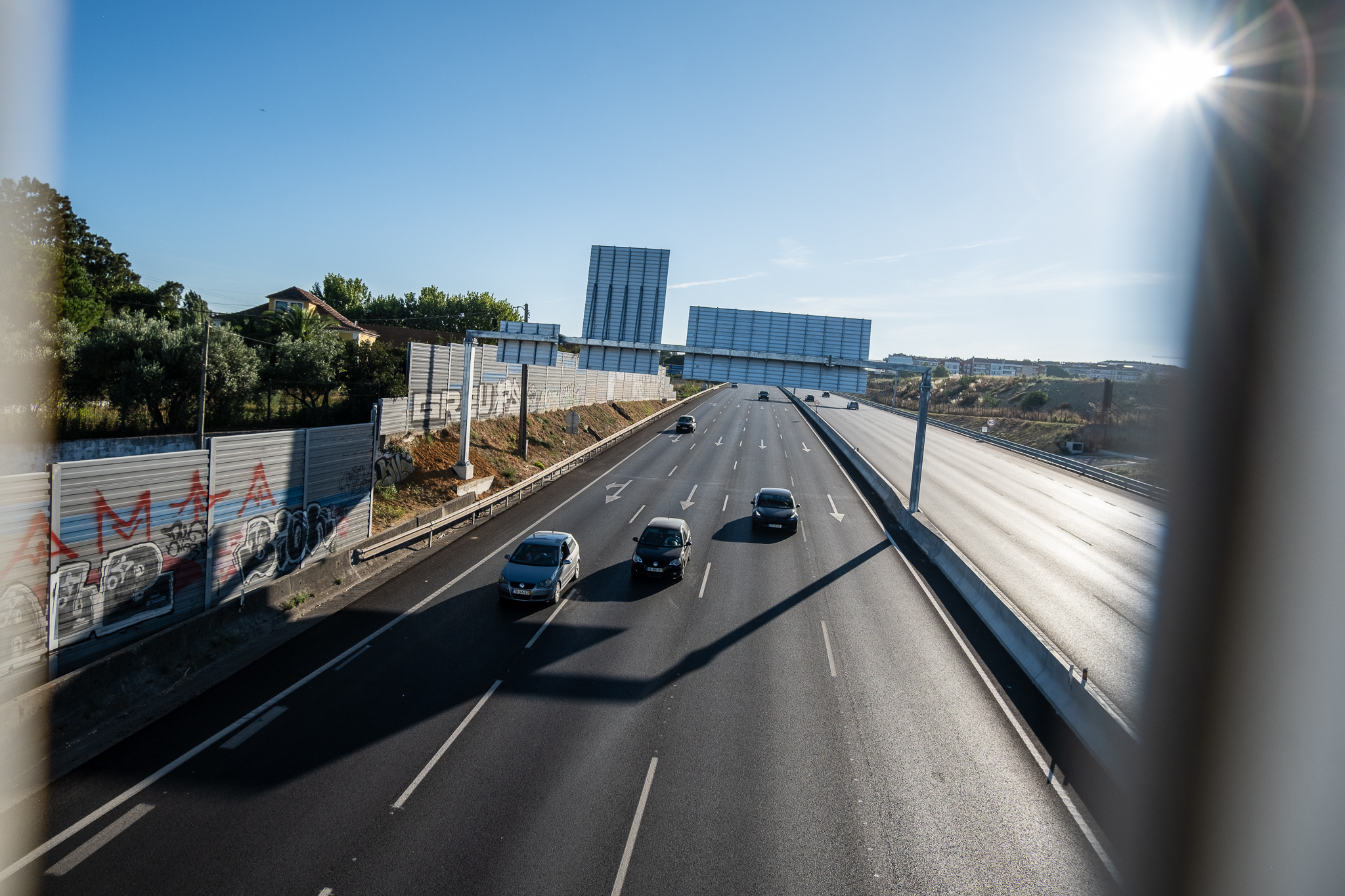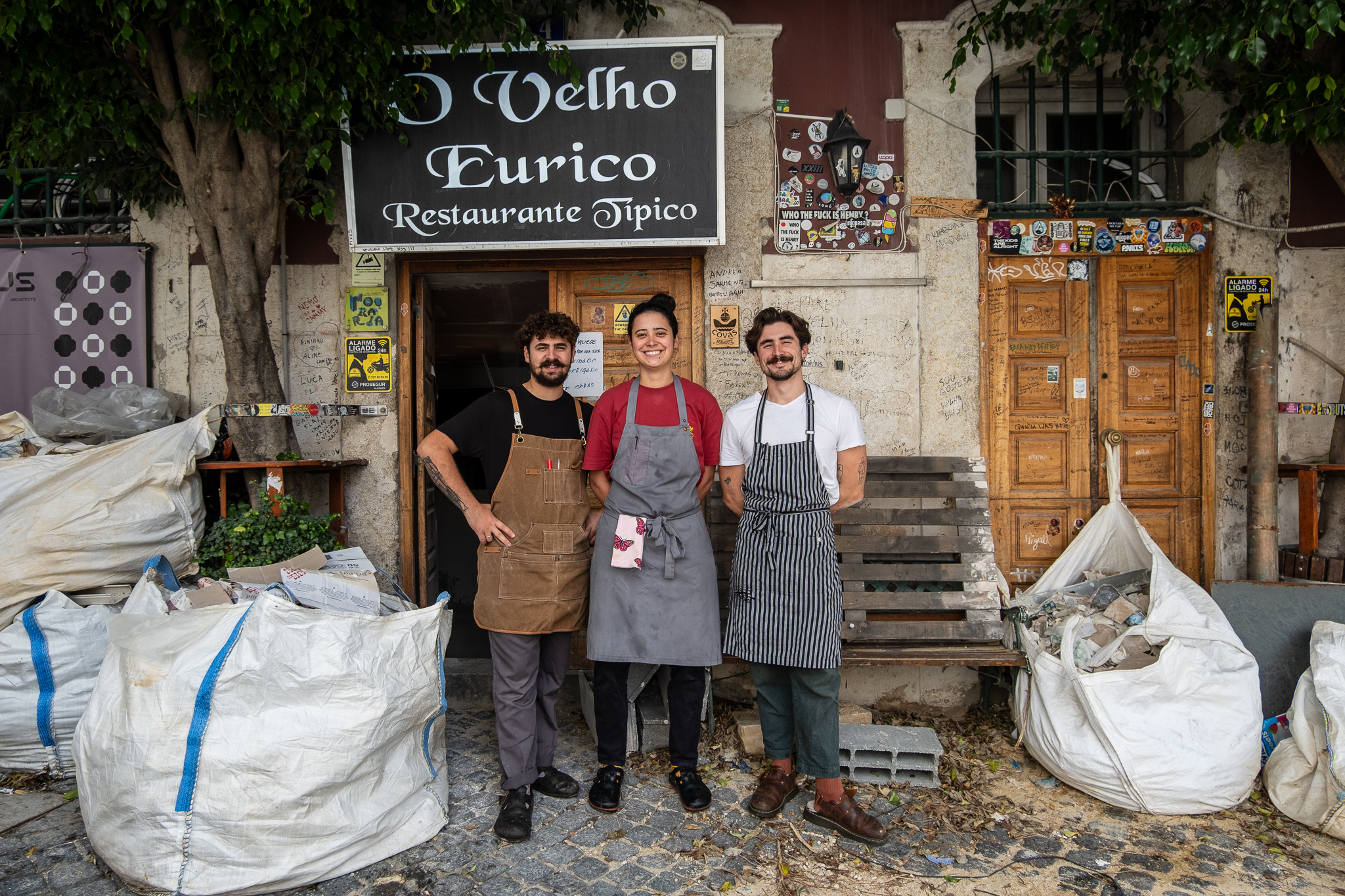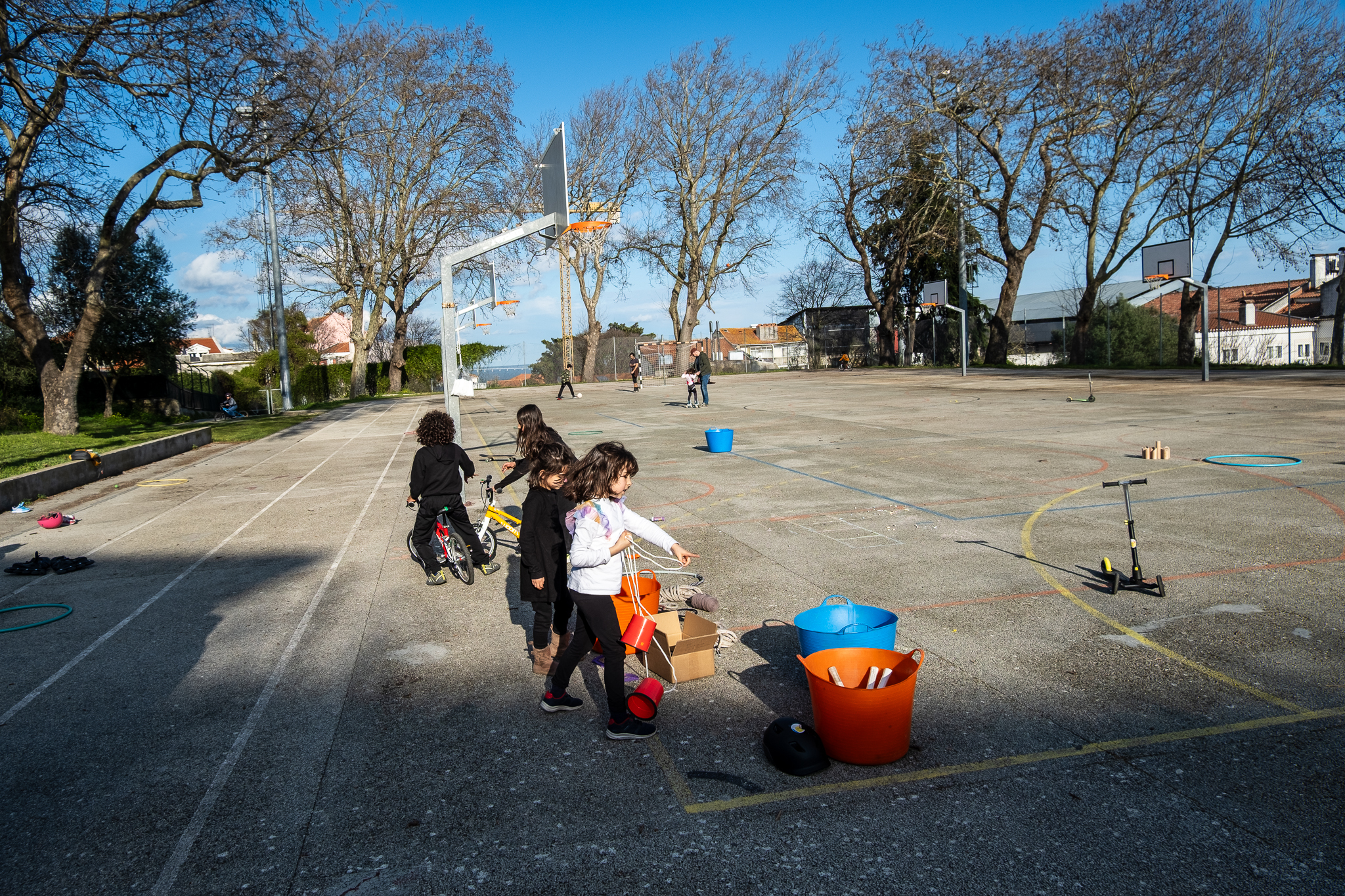The six cars will return to the Green Line no later than June 20. On that day, the stretch of the Yellow Line between Campo Grande and Odivelas will be circulated with four carriages.

O President of Metro de Lisboa, Vítor Domingues dos Santosaccompanied by other elements of the company's management, presented himself to journalists this Wednesday morning, May 10, to to take stock of the works on the Circular Line and, in particular, to respond to the controversial outages on the Green and Yellow lines, that have caused chaos in the Campo Grande area and the rest of the network.
In order to mitigate the constraints caused by the provisional closure of Telheiras station (on the Green Line) and Campo Grande/Universidade section (on the Yellow Line), Metro de Lisboa announced four measures:
- a resumption of circulation of six-car trains on the Green Line on June 20This date may be brought forward if the contractor manages to finish the work at Campo Grande station earlier than planned;
- o Beginning of the circulation of trains with four cars on the Odivelas/Campo Grande section of the Yellow Line also on June 20th (the Cidade Universitária and Rato section will continue to operate, as now, with six-car trains);
- o reinforcement of Metro de Lisboa support teams (own staff and security guards) at Campo Grande station and others that justify itto help the circulation of people, particularly when entering and exiting trains;
- buses in mode shuttle between Cidade Universitária and Campo Grande to serve Lisbon Metro passengers on the two days Sporting plays at home (May 13th and 21st) and on the day of the Finalist Blessing (May 20th).
Vítor Domingues dos Santos explained to journalists that the construction schedule for the Circular Line already includes "significant delays"because between the awarding of the various phases of the work and the respective consignment (that is, between deciding on the contractor and giving him the OK to go ahead) there have been "20 to 40 months delay" due to all the necessary bureaucratic processesas is the case of the Court of Auditors' visas. According to the President of Metro, the cuts in the Green and Yellow lines are necessary to connect the new viaducts built to the existing railway network, in order to activate the Circular Line. Delaying these interruptions would delay the work even further, but there are obligations at the European funding level that have to be followed. "By delaying even further, we would not be able to meet these obligations because of all the delays we already have today."said the responsible.
The execution of the Circular Line must be ready by the end of 2024.
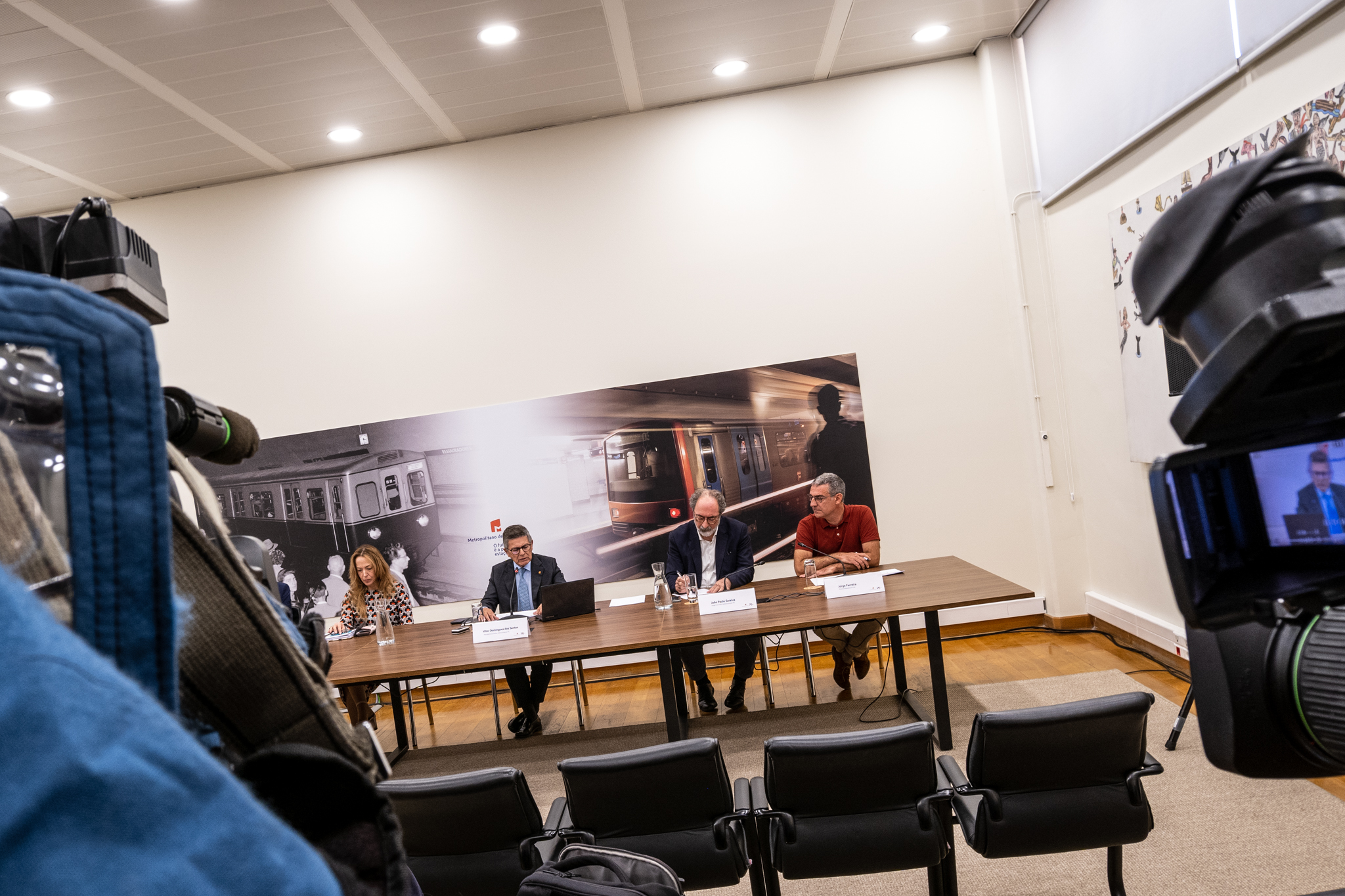
About the three chariots
About the need to maintain the circulation of three carriages throughout the Green Line, the President of the Metro reiterated the need to safeguard "a fixed safety zone" between the train circulation and the work area "so that there is no risk to either passengers or workers". As previously stated by the company in a press releaseIt is because this safety distance is required that six-car trains cannot fit in the Campo Grande terminus and, therefore, the Green Line has to operate with three-car trains. The alternative would be, hypothetically, to terminate the Green Line at the Alvalade station (with the trains no longer going to Campo Grande), but this could have an even greater impact on the mobility of the city.
Vítor Domingues dos Santos pointed out that "the fact that we run with three carriages does not mean a 50% reduction in supply" on the Green Line, not least because with the division in half of the six-car trains that usually traveled that line "we have doubled the number of trains available". "In a first phase"the President of Metro pointed out that there was a increasing the number and frequency of trains in the morning and afternoon rush hours from nine to 12 on the Green LineTrying to stick to a maximum interval of 3:30 minutes. "If with six carriages we had frequencies of four to five minutes, now we get frequencies close to three minutes." The responsible admitted a reduction "not significant" of passengers on the Green Line in the last week.

"We are convinced that what we did was what needed to be done"Vítor Domingues dos Santos commented, after highlighting the importance of the Metro expansion plan and the added value it will bring in terms of increasing the number of public transportation users, reducing commuting times, and reorganizing metropolitan mobility. "We have the expectation that more people will use TTSL [Transtejo Soflusa] and get on the Metro at Cais do Sodré to access the city faster"he exemplified.
About the reinforcements on the bus
Carris is reinforcing lines 767 and 738 between 7 am and 9 pm, and line 736 during the entire circulation time (from 5 am to midnight). The route of line 778 from Campo Grande to Cidade Universitária has also been extended. According to the President of Metro, altogether there are more "15 buses per day of reinforcement in the Campo Grande area". Vítor Domingues dos Santos also explained that the company sought drivers and vehicles from other bus operators in the Lisbon metropolitan area (amL) in order to launch its own replacement service. "between Campo Grande and University City"but this was not possible because all operators claimed a lack of human resources.
In other words, amL's bus operators are all at their limits. Vítor Domingues dos Santos said that Metro has talked to a transportation company in the Oporto area, which also said it had buses but no drivers. "The lack of drivers is a problem beyond borders, it is a European problem"he explained, adding that it has been "debated at transport conferences". It should be noted that Transportes Metropolitanos de Lisboa (TML) had problems with the lack of drivers for the start-up of the Carris Metropolitana operation last year, with the different carriers being forced to hire quickly in countries such as Cape Verde and Brazil. It was also due to operational constraints that TML was unable to respond to Metro de Lisboa request to reinforce the offer at Campo Grande. Vítor Domingues dos Santos referred that some lines of Carris Metropolitana were requested to be extended from Campo Grande to Cidade Universitária, but "TML was unable to do so because of the disruptions it would cause to the contracts" with the different operators of Carris Metropolitana.
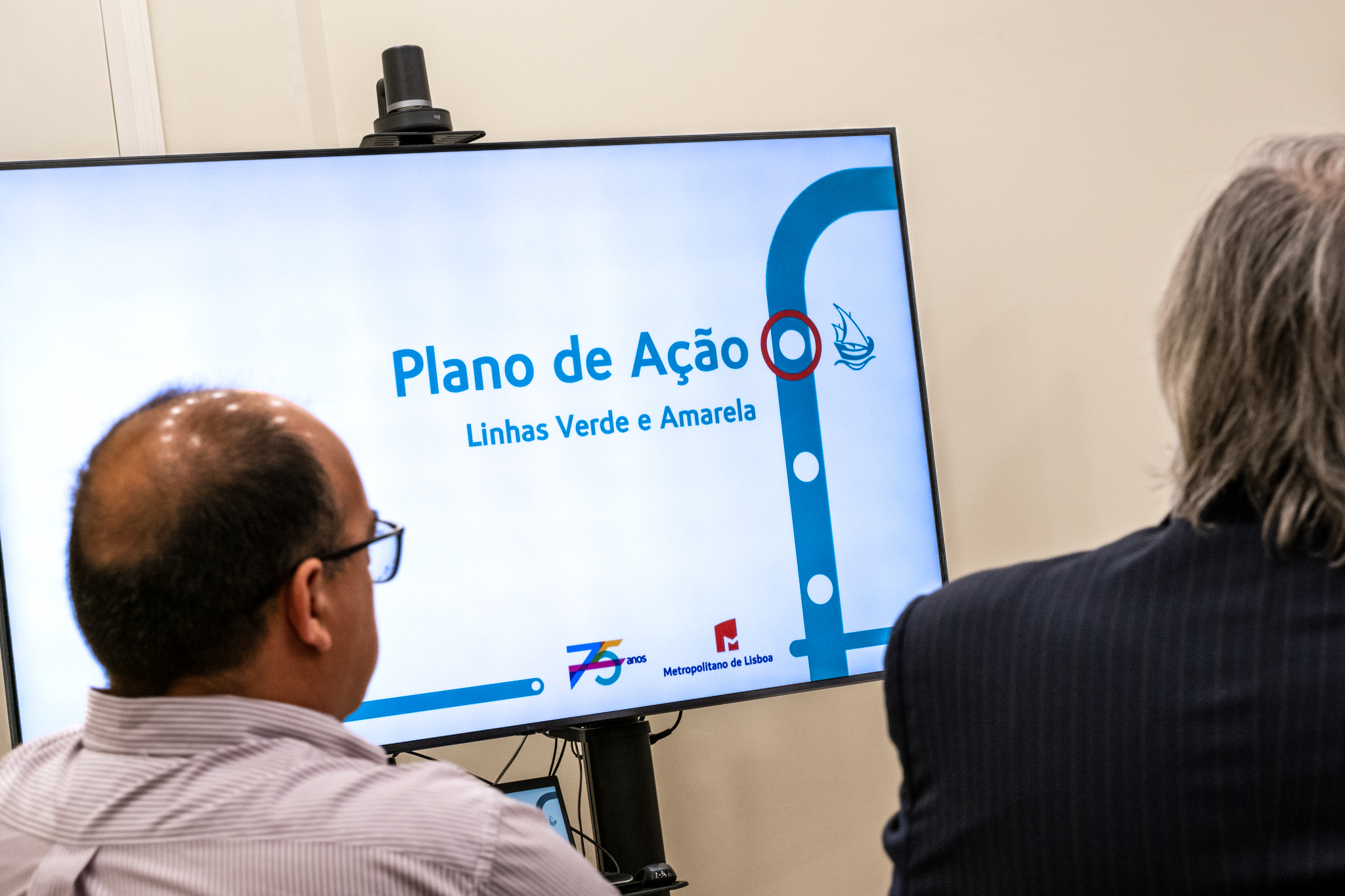
Alternative bus transportation will only be provided on the days of the two Sporting games at Estádio José Alvalade and the Finalists' Blessing because it is a weekend and, therefore, there are operational means available from the road passenger transport companies. "It wouldn't be possible if the game was on a Friday at six in the afternoon, for example"said the Metro President, because all the buses and drivers would be used to ensure the normal operation of the Metropolitan Carris lines. This alternative bus transportation has already been done when the Blue Line was recently closed on match days at Luzand it will be done the same way these three times: one stop at Campo Grande, another at Cidade Universitária, and two buses making trips as frequently as the picking up and setting down of passengers (and road traffic) will allow.
Metro de Lisboa says it will continue to monitor in detail the execution of the work and the daily movement of passengers under the new operating conditions, in order to identify and implement additional solutions to mitigate the impacts for its passengers. Normal circulation on the Yellow and Green lines is still expected to resume on July 8 (6:30 a.m.).

